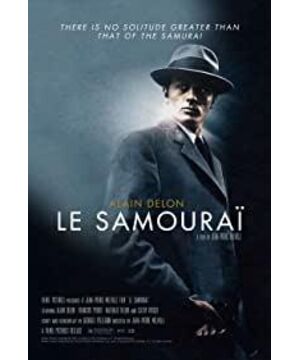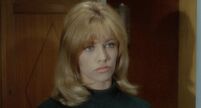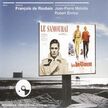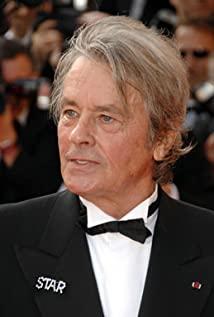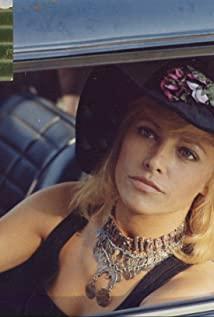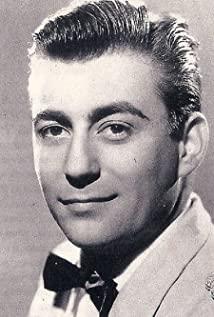was attracted by the picture of the two looking at each other because of Zhong Lifeng's "Blackbird, Blackbird, Where Are You". Fortunately, the video played at that time left the source, and I learned that the picture that attracted me at that time was "The Lonely Killer" "fragment.
I didn't search any information, I just watched the movie after get off work.
The beginning is a near-static indoor picture, strange sounds, followed by a soundtrack, only when I saw the cigarettes and the shadow of the train passing through the window and reflected on the ceiling did I know that this shot was really good, first of all The frame is set in the cool blues.
Then the male protagonist changed clothes and wore a hat to appear on the stage. I have to say that this action is smooth and smooth. I especially like the half of the face in the mirror.
The camera cuts to the picture of the streets of Paris, which is too beautiful. The lines of the old-fashioned cars on the street are round and lovely, the marble buildings in the distance, and the wet and cold streets. I admire the director's skill. There is no dialogue in the first few minutes of the scene. After killing Matt, the French police interrogated him, and the police and the killer fought wits and courage. The perfect alibi and the pianist's identification allowed the killer to get out of the detention room. The police did not give up and continued to follow. I like this series of camera changes. It's a pity that because he was interrogated, he is no longer trusted, and both black and white can't let him go. At this time, it reminds me of the role of Song Hongling in my family's poems. He will die, but he doesn't know who his employer is, and the story has to go on.
The most tense and exciting is the comprehensive tracking of the police, watching how cats and mice play games. Although there is no particularly tense soundtrack, the tense atmosphere seems to overflow the screen. Although it was a tense play, it gave a glimpse of the French transportation system at that time, the subway, and the industrial style of public transportation. Delong may finally learn that the employer is related to the pianist, so he broke into the pianist's house. The pianist was not there, but he encountered someone related to the employer and killed him. At this point, the fate of the killer is coming to an end. Sure enough, when he walked in again The club, nestled next to the piano, the two have only one or two dialogues, but the eye contact seems to have a lot of stories in it (or it should be that the actors acted well, too layered, this is also the first scene that attracted me ), the killer pretended to kill her just to confirm whether the employer was related to the pianist, but it was too late, and there were gunshots. . . In the end, it was very intriguing. The police said that it was fortunate that we came and saved your life. . No. . . There were no bullets in the pistol, the few people in the club were sparse, the camera was getting farther and farther, and the light hit the figure of the piano player with a low eyebrow. . .
Some people say that loneliness is a style, and Delong has such aura. The whole film is smooth, there is no unnecessary dialogue, and the progress will not be fast-paced. The details reflect the coldness and meticulousness of the killer. Like the big boy killer portrayed in "Daisy", LEang's face is simple and honest in "This killer is not too cold". Uncle, it is very different. In addition, the blues of the film, the industrial minimalist style can't be too attractive, I really like it~
View more about Le Samouraï reviews


